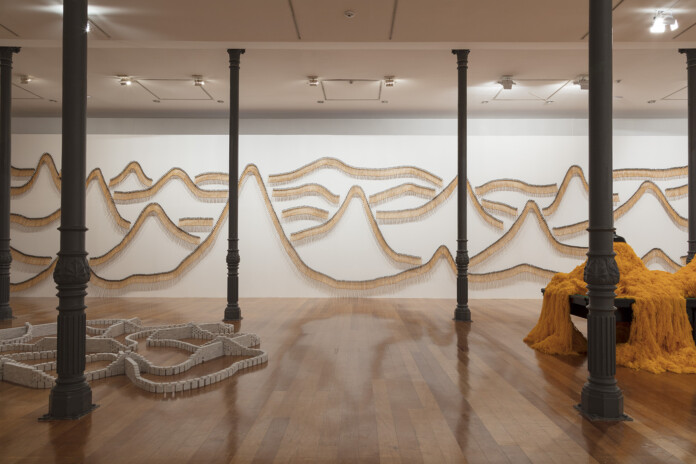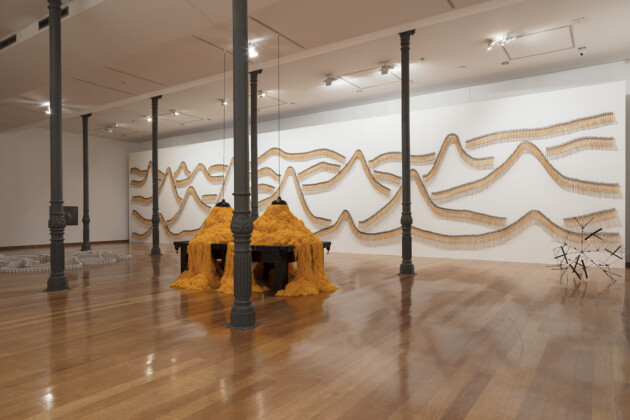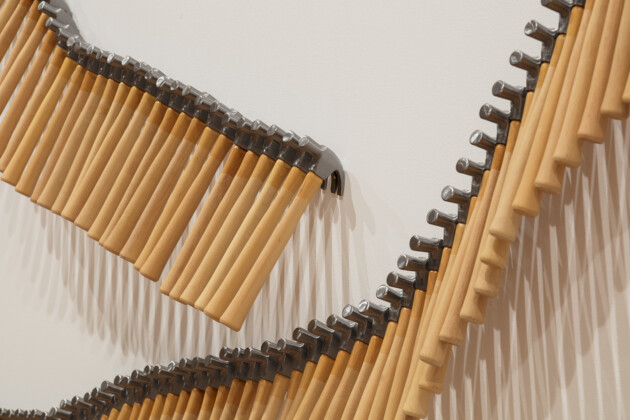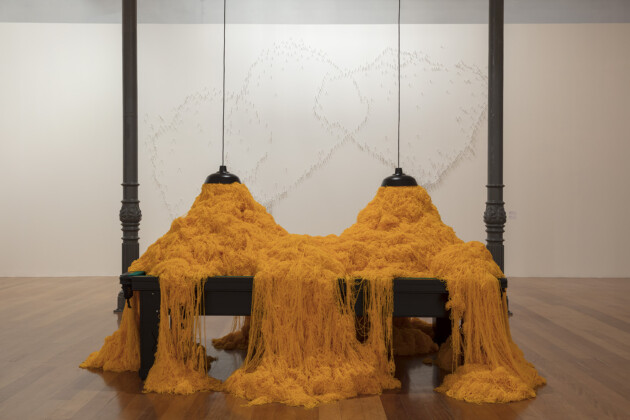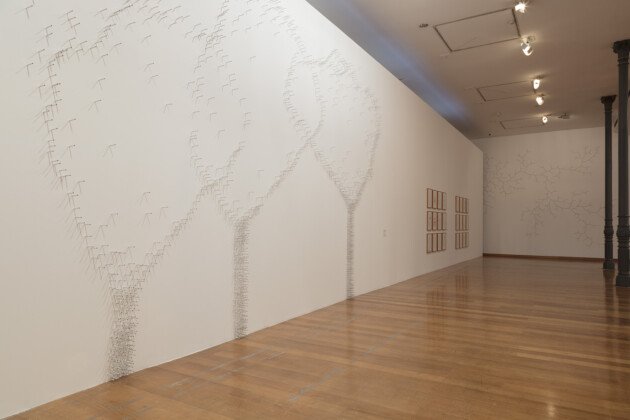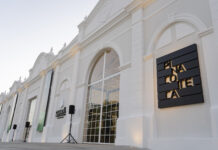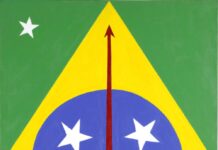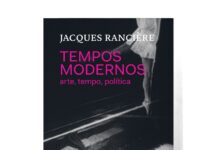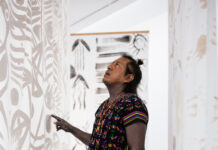It gives a certain relief to enter José Damasceno’s exhibition, Moto-continuo, at Estação Pinacoteca, in such an unfavorable context, when a CPI unveils all the preposterous acts of a government that contributed to the nearly 500,000 deaths as a result of Covid-19 in the country.
The diversity of procedures, from magnanimous installations to delicate designs, the disparity between the materials used, from the noble marble to the decaying and perishable cigarettes, and the absence of an explicit theme, can point to an exhibition that deals at its limit with art as an “experimental exercise of freedom”, as defined by art critic Mário Pedrosa (1900-1981). In times of pandemic, freedom can be everything.
As the North American curator Lynn Zelevansky points out in the exhibition’s catalog to describe one of the artist’s works, but which serves for the exhibition as a whole, Damasceno creates “a world of its own, inhabited by strange creatures”.
Among the more than 70 pieces exhibited, made between 1989 and 2021, some of the works that help in this feeling of disconnection from the context are those that, due to their size and seriality, create strange landscapes, such as Trilha Sonora, with hundreds of hanging hammers in nails create the representation of mountains, and Snooker, a pool table covered with woolen threads that come out of the lamps arranged above it. The same principle is seen in Paisagem crescendo, where hundreds of cigarettes that look like dots on the wall create images of trees.
It is a set of works that seduce because of the tricks of their compositions and provoke that Mona Lisa smile, for their ingenuity and originality. In his text, Zelevansky seeks to value this strategy by pointing out that there is a “psychological dimension in Damasceno’s work that borders on the surreal” and cites the artist’s favorite authors such as William James, Edgar Allan Poe and Jorge Luis Borges as possible dialogues with his work.
In fact, the aforementioned works have surreal dimensions, as their unusual construction processes, from mountains made by nails and hammers to lights made from woolen threads, result in images that resemble collages of contradictory elements. However, unlike the multiple possible meanings of surrealist works, there is nothing much more than the elements of the works themselves. Hammers follow hammers, wool threads follow wool threads, which takes contemporary art to a mere formalist exercise.
Another set of Moto-contínuo that points to this superficiality are the so-called Esculturas Borracha, made in marble that oversize common everyday objects, such as the school material that gives the title to the works.
When the viewer becomes aware of this lack of depth, relief turns to irritation, because the virtuosity of the show points to a total lack of connection to any context, other than that of art itself, and the only possible lens to observe the set is thinking about categories of the art itself. It is not by chance that Zelevansky’s text in the catalog revolves around the technique of drawing.
In a society so polarized, conflicted, prejudiced, and one can say so many other terms that point to the failure of any humanist thought, the exhibition curated by José Augusto Ribeiro brings a selection and disposition of highly aestheticized works, a set that reveals a cold and distant beauty, full of puns like Can you hear me? (você consegue me escutar?), with two trumpets joined at the mouth.
Interestingly, the exhibition’s catalog goes in the opposite direction, practically an artist’s book, since most of it is composed of photos of a lambe-lambe with the image of the effigy of the Republic – that illustrates the Brazilian Real notes – pasted on the walls of the city, mostly in decaying and impoverished places, and in some of them political demonstrations such as “Fora Temer” can be read, giving a sense of the context and becoming a documentation of a powerful public installation.
It is this vitality that is lacking in Moto-contínuo itself, which proves to be too monotonous because it is so beautiful and perfect. Leaving the building in the cracolândia area is a shocking contrast, but it ends up being a relief to return to the ugliness and difficulties of the real world, with all its dynamism and potential.
Leia a crítica de Moto-contínuo em português, clique aqui.

